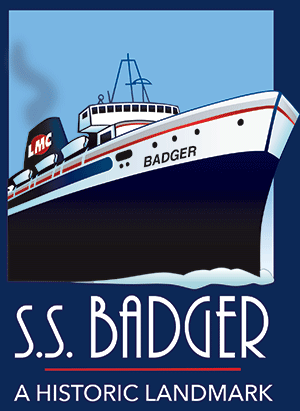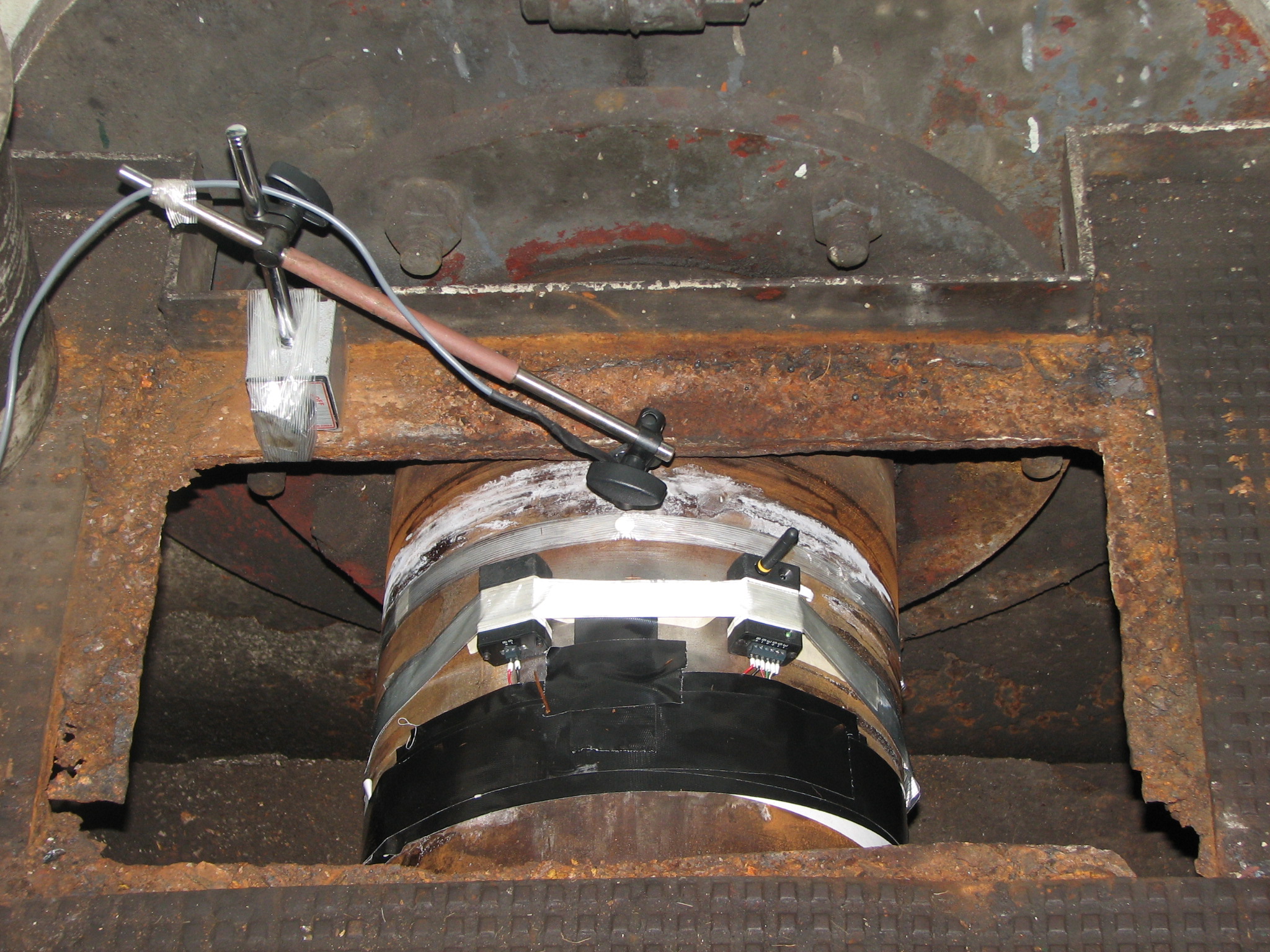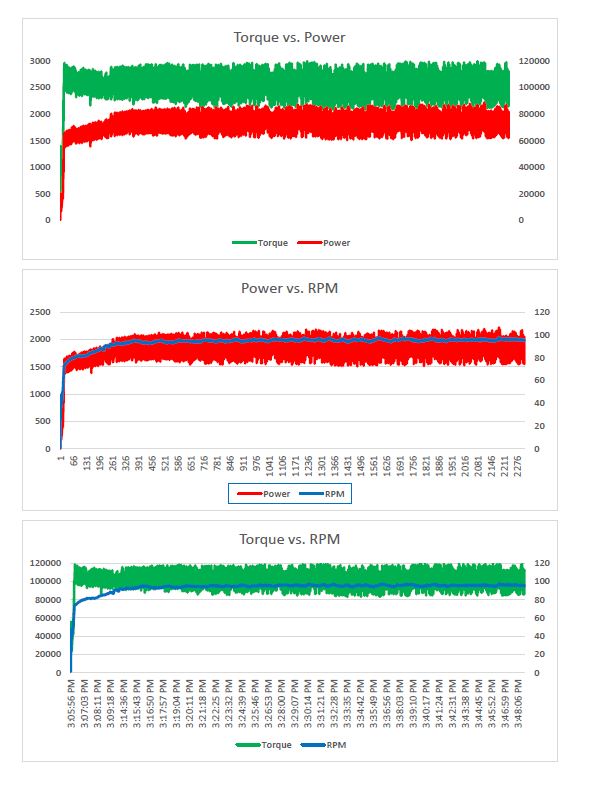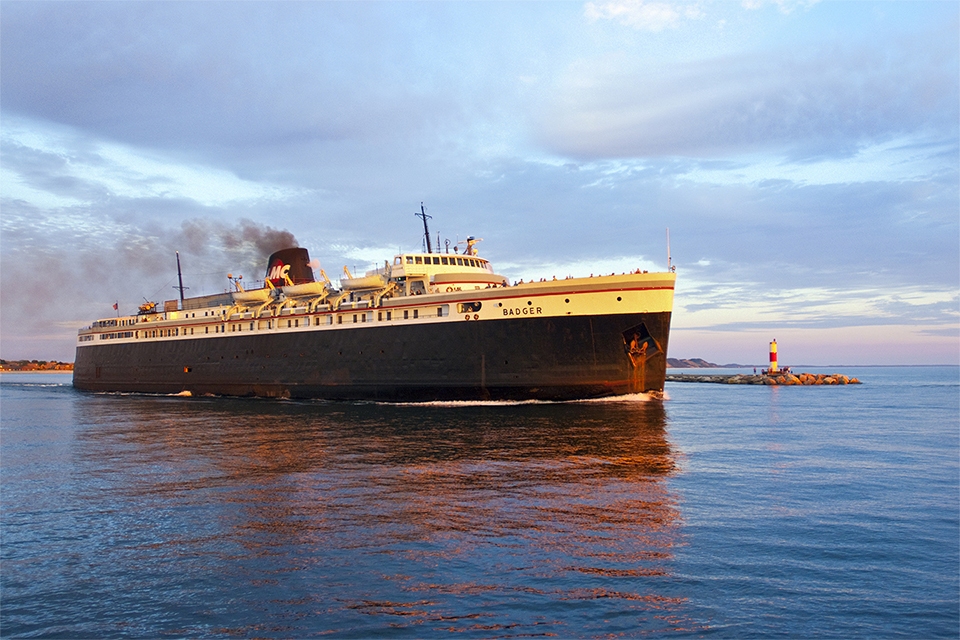THE CLIENT
The S.S. Badger is a passenger and vehicle ferry that has been in service since 1953. Currently, she shuttles across Lake Michigan between Manitowoc, Wisconsin and Ludington, Michigan. What makes her unique is this: she is the very last coal-burning steamship in service in North America.

THE CHALLENGE

Due mostly to environmental regulations, burning coal on the Great Lakes has become prohibitively expensive. The owners, Lake Michigan Carferry Service were considering replacing the steam engines with modern engines, and needed to know what size engine they needed. The old steam engines were rated (60 years ago) at 3500 Hp each, 7000 Hp total for the vessel. Does the ship need all that Power? How much Power does she use now during normal operation and the routine crossing of Lake Michigan? The ramifications of the engine size are significant, with more horsepower costing significant money.
THE SOLUTION
The TorqueTrak 10K and OPDAQ Field Test 2 were selected to provide high-accuracy torque and power measurements on each of the propeller shafts during normal operation. Each TorqueTrak system utilized a torque-pattern strain gage sensor from Micro Measurements.

THE IMPACT

The results were quite interesting and exactly what the Chief Engineer had expected. Normal Operating Power for the steam engines was about 1700 Hp per shaft, 3400 Hp total. Max Power output of the engines was about 2500 Hp per shaft, 5000 Hp total.
With the power data in-hand, the ship owners were empowered to make a cost-effective decision for their ship. Instead of purchasing a pair of 3500 horsepower engines , the owners could purchase a pair of 2500 horsepower engines, and still get the job done. The data quite literally saved the ship owner thousands of dollars, helping reduce operation costs of their vessel.


